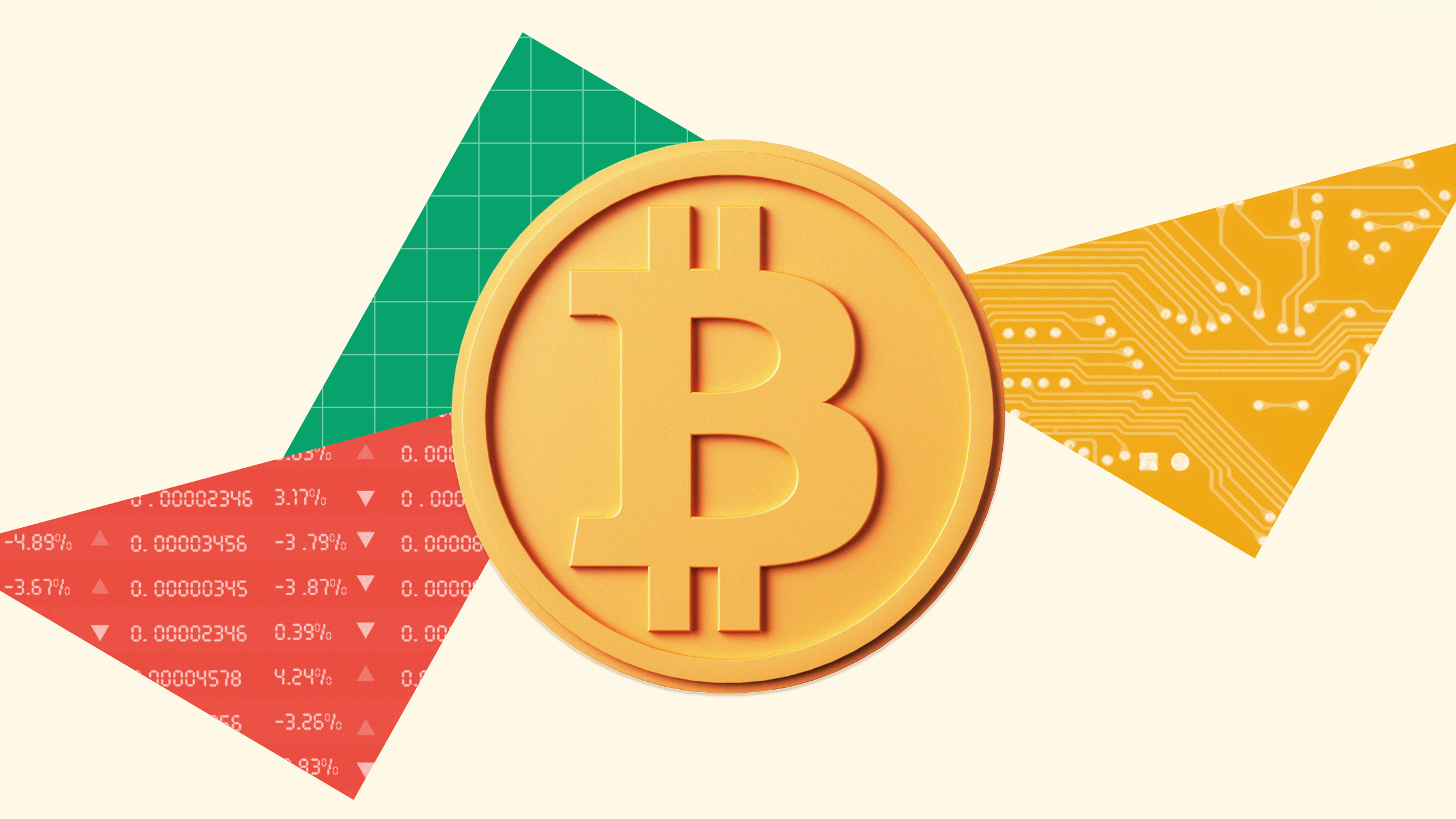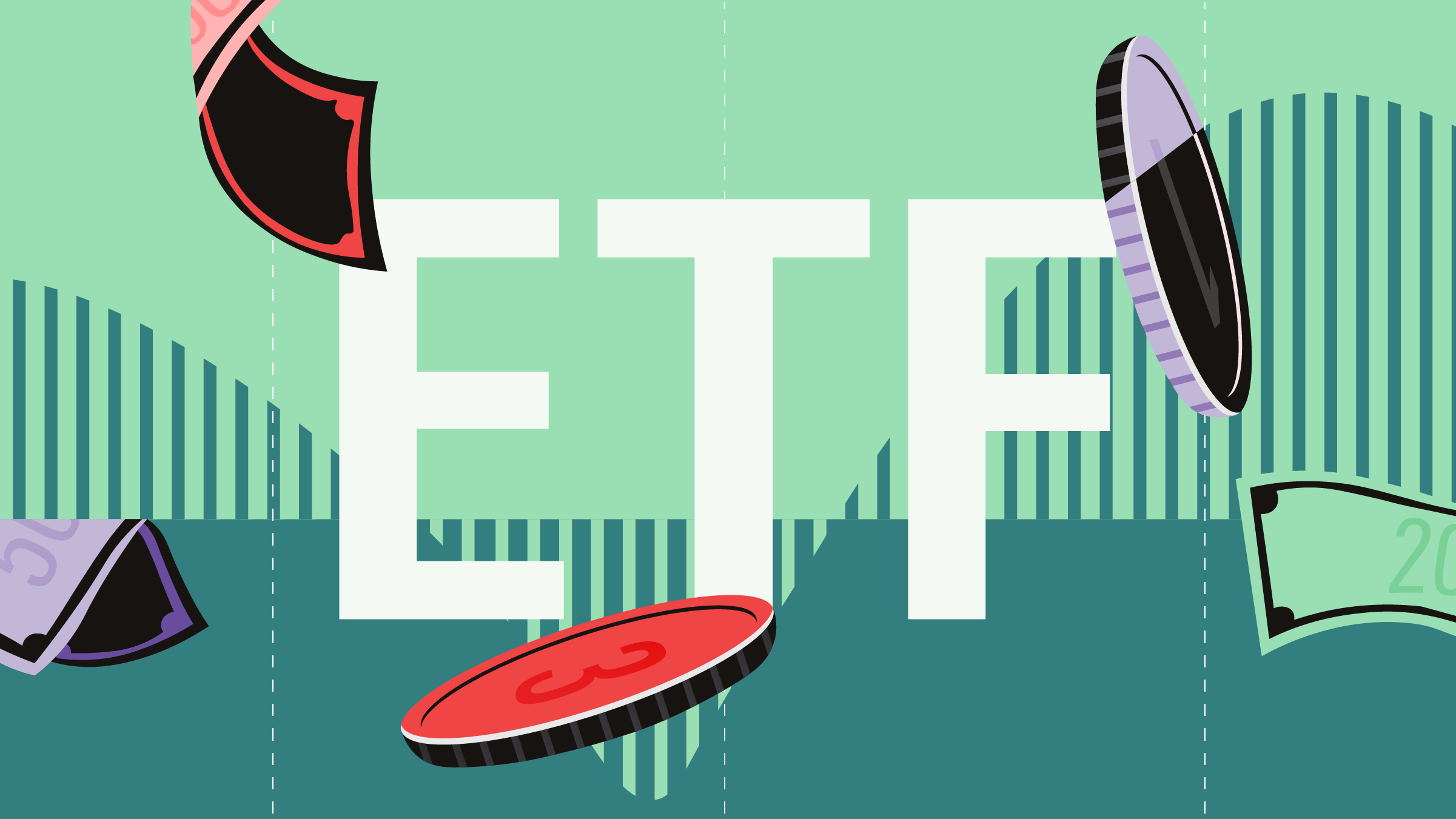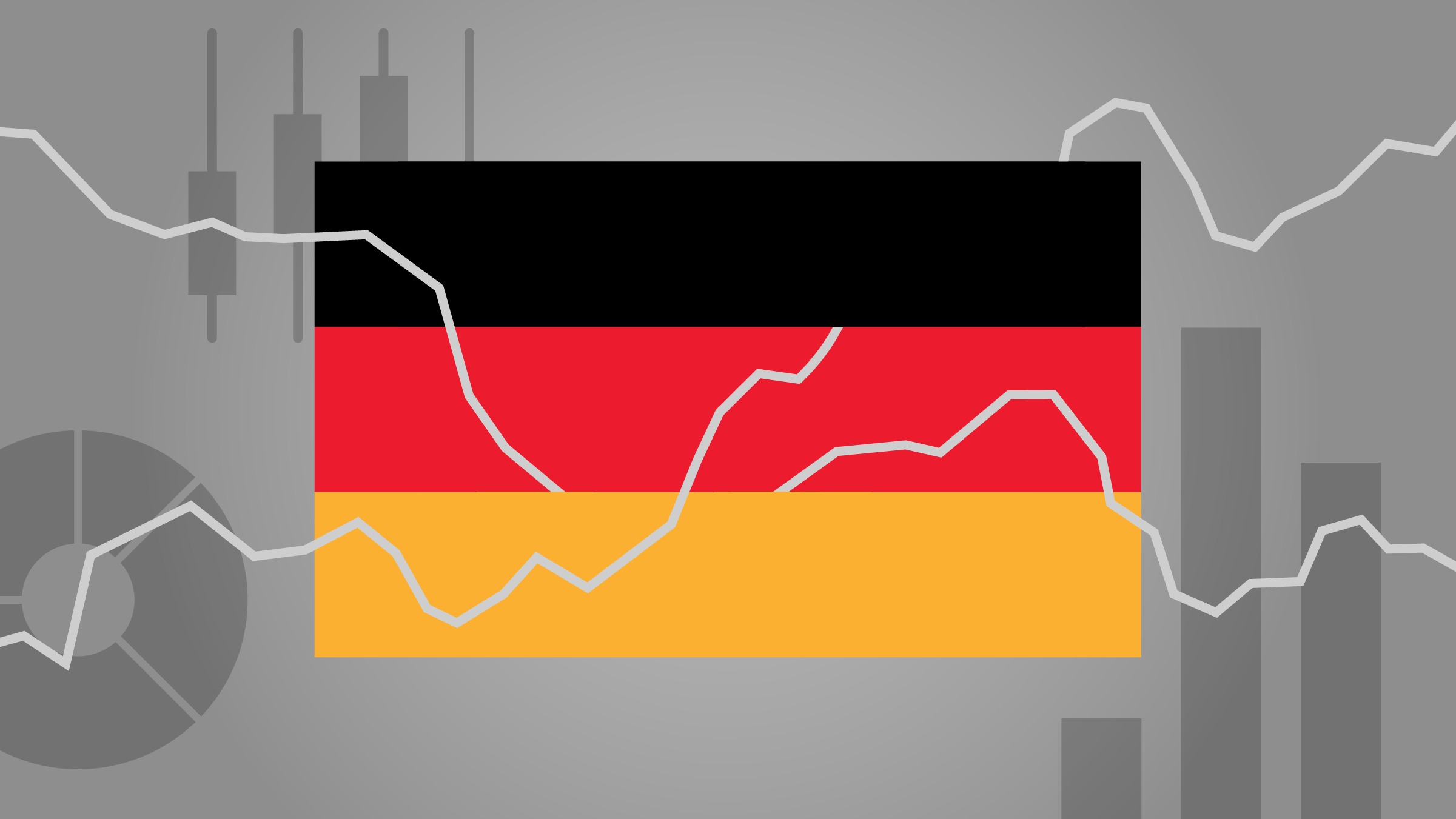Morningstarin teknologia-analyytikko Brian Calello kertoo ultra-HD-television vieneen huomion Las Vegasin kuluttajaelektroniikkamessuilla. "4K"-teknologiaa oli esillä useilla yrityksillä. Se mahdollistaa tarkan televisiokuvan esittämisen erittäin suurilla näytöillä. Hän kertoo haastattelussa myös älypuhelinten uutuuksista.
Haastattelu purettuna englanninkielisestä keskustelusta.
Jeremy Glaser: For Morningstar, I'm Jeremy Glaser. Brian Colello, an equity analyst at Morningstar, just got back from CES, and he is going to tell us about what he saw in the mobile phone space, TVs, and other gadgets and what it can mean for investors.
Brian, thanks for talking with me today.
Brian Colello: Thanks for having me.
Glaser: Let's start with phones. This is an area of intense focus for investors. Did you see anything that could be a viable alternative to the Android and Apple ecosystems that have really been dominating the smartphone space so far?
Colello: Sure. It's important to note that the Android and Apple ecosystem is a bit of a two-horse race right now, with Apple and Samsung. Apple does not attend the event; neither did Nokia, neither did Research in Motion. RIM will have its own launch in late January. But Samsung was there. They did not announce their new Galaxy S4. They showed off some of the Galaxy Note 2's on demo, but those are devices that have been out for a while that we understand. So, no product launches from Samsung.
But we did see the two big announcements were from Huawei and ZTE, which are Chinese manufacturers that have done quite well in emerging markets and a little bit in Europe, making cheaper Android devices. What they came out with are 5-inch and bigger screens that compare favorably at least to the Samsung Galaxy S3 and some of the Android phones that are out there. They are really compelling devices, particularly if they are going to be priced $100-$200 less than the rest of the competition--they could be interesting.
So you saw the ZTE with the Grand S phone. Again, a 5-inch screen running the latest Android; I think it has a Qualcomm processor inside. Really nice-looking phone. Huawei as well, they came out with a 6-inch--it's called the Ascend Mate--as a phablet. It's a phone/tablet. So, similar to the Galaxy Note, which is in that category. It's a little bit bigger than that.
You had some other Android launches from LG and from Sony, but again Samsung is kind of the leader in that race right now. So you saw a lot of Android, some Windows phones as well, but nothing that really stuck out as an iPhone killer, just more competition within the Android space as everybody else tries to catch up to Samsung and ups the ante.
Glaser: So these new less expensive phones you think take market share away from Samsung, or does it expand the market?
Colello: I think it expands the market. I think the smartphone market, particularly as a piece of the overall handset pie, is growing. I think companies like Huawei and ZTE are really trying to grab that portion of the market and the expansion. So the market as a whole will grow. Obviously, they must compete against Samsung, but it's not necessarily gaining share from Samsung, it's growing at a faster pace and getting some new users, particularly in emerging markets, instead of Samsung.
Glaser: On the TV side, manufacturers have been trying to push 3D for a number of years, somewhat unsuccessfully. Was there anything new you saw on that front?
Colello: Well, the big launch and all the rage was the ultra HD TVs with 4K technology. Your TV today is 1,080p, very sharp screen on 42 inches. You basically take that screen, times it by 4 up and across, so you have 85-inch screens with the same picture quality. And as it implies, 4K means 4 times the pixels. I think it's 3,840 versus 1,080. So, really sharp displays on massive screens.
You really have a great picture showing it. A lot of the companies had it. It wasn't just the Japanese guys like Sony and Toshiba, you had a lot of Chinese companies like Hisense and TCL also there with these big screens. So there are going to be a lot of players trying to capture that market. These are all very expensive today, but I think a couple of years out--maybe whether it's two years or five years, not quite sure when it hits the mass market--this is the next wave of technology in TV.
And it's interesting to hear, they would tell you that 3D is essentially dead, that they didn't have much faith in that, because who wants to watch a television with 3D glasses on all the time? This is the next innovation from HD that will probably gain adoption, maybe not 3D, or maybe not some other things; it looks like this ultra HD is the next wave.
Glaser: How about getting Internet to the living room, something a lot of companies have been working on for a while. Was there anything that really stuck out as really being able to change the game there?
Colello: Sure. You saw a lot of work on smart TVs. Google TV came out with their Version 3.0. Now we saw this at CES last June, they came out with it and it looked OK at the time, but still plenty of holes. You could see that they made some progress with 3.0. You have voice search, you have better integration from the TV display; so you're listing from like a DISH Network or a Comcast, integrating with Web content from YouTube and the rest of the Internet, and kind of merging that together or buying or renting movies from someone like an Amazon.
So, they're starting to merge that more together into a more seamless interface. There were still some hiccups. We played with it a little while. It wasn't seamless, so there is certainly room for somebody. There's rumors of Apple trying to disrupt that space, and certainly they have a chance to close the door, but you could tell that Google is working on it and then the TV makers themselves. Samsung and Panasonic have their own sort of smart TV interfaces trying to bring more video content and merge with your regular television content, so they are trying to get that better interface. Everyone sees that this is where the TV industry is going, so you saw some improvements that are not there yet, but that's certainly an area of interest for a lot of players other than just Apple.
Glaser: How about the silicon that's powering a lot of these gadgets, any news from chipmakers?
Colello: Sure.You had a lot of news from a lot of different players, and that was sort of the other set of big announcements. Qualcomm, Samsung, Nvidia, Intel, ST-Ericsson, they all came out with new processors. The next wave of chips that will power these phones in 2013 and beyond tend to have more cores, faster power, more energy-efficient, and that's the wave that the chip space is going in the processor space, so none of that is really a surprise.
You know that all these firms are working on the next generation of chips, thehttps://cmsgo.morningstar.com/CMSGo/biz/mainframe?_=1358750990578y just came out with it and made the announcements today. So a lot of announcements, a lot of news, not really impacting our theses. When we think about R&D spend in the space, you know that these firms are going to have to stay on the cutting edge and you saw some firms really come out with innovative chips that will do well and probably sell well, but again it's such a competitive space, you kind of had to https://cmsgo.morningstar.com/CMSGo/biz/mainframe?_=1358750990578expect that as a long-term investor.
Glaser: On the investing side, then, any of these companies look attractive right now, any looking overvalued?
Colello: Well, we think Apple is still attractively valued. Again, they weren't at CES, but we didn't see anything that was an iPhone or an iPad killer, either a lot of innovative products, but we still think of Apple as the best value in the tech space today. Again, companies like Qualcomm and Broadcom were there with some innovative chips, working on the newest standards, LTE and ultra HD, and some of these new sort of networks. But again, that's expected and that's part of the ongoing evolution of these companies, so that gives us more comfort that they are still on the cutting edge but doesn't necessarily change our fair values. We think they are a little undervalued, but not a huge margin of safety there.
A company like ARM Holdings is one that their architecture is used in a lot of these chips and so this was all good news for ARM. Unfortunately, we think that stock is a bit overvalued today. We think that is already baked into the share price. So not a lot in terms of investible thesis, but again gaining some more comfort and a better understanding of what these companies are doing over the next couple years that give us a little more comfort in our fair values and that the tech leaders, particularly on the chip side of things, will remains leaders.
Glaser: Brian, I appreciate the insights today.
Colello: You're welcome.
Glaser: For Morningstar, I'm Jeremy Glaser.
























